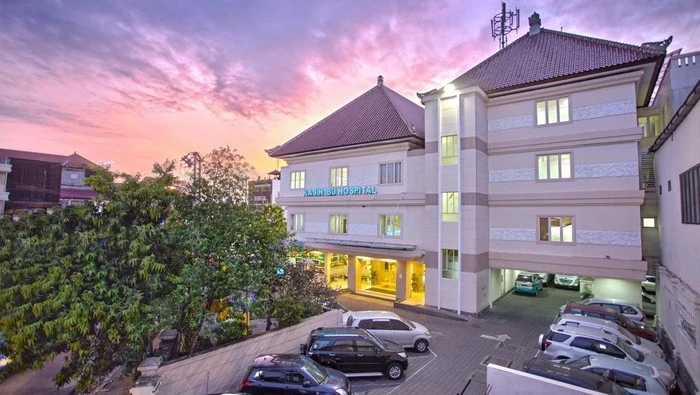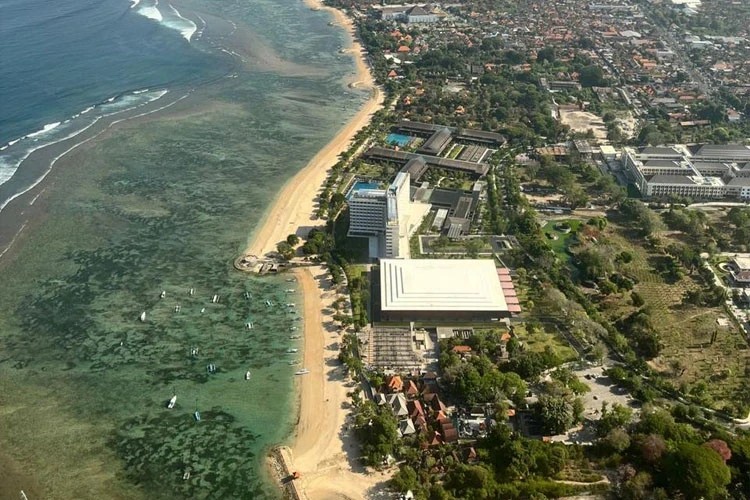
Kasih Ibu Hospital in Bali has successfully passed the HIMSS EMRAM Stage 6 validation. This is an international system for assessing the digital maturity of hospitals. The Kasih Ibu Hospital Group is now the second hospital network in Indonesia to reach this significant milestone. For a hospital that was founded back in 1987, this is a major achievement.
This ranking is more than just a numbers – it is crucial for both medical institutions and patients. It evaluates how well a hospital utilizes digital technologies instead of traditional paper records. The HIMSS EMRAM scale consists of eight levels:
•Level 0 – Hospitals rely entirely on paper-based records.
•Levels 3-4 – Hospitals have adopted electronic medical records (EMR).
•Level 5 – Introduction of automated medication management and digital patient data monitoring.
•Level 6 – Minimal paper records, implementation of AI-driven diagnostics and digital patient monitoring.
•Level 7 (highest level) – Hospitals are fully digitalized, integrated into global medical databases, and use advanced healthcare technologies.
The higher the digitalization level, the fewer medical errors occur, leading to faster treatment and improved efficiency for doctors. Hospitals with high HIMSS EMRAM ratings are considered more reliable, and of course, eliminating illegible doctor handwriting is a welcome change.
The President of Kasih Ibu Hospital Group, Krishnavenda Duersa, emphasized that the hospital is committed to technological advancements to maintain its leading position in healthcare and provide patients with modern, efficient communication methods.
To achieve the prestigious HIMSS Stage 6 rating, the hospital implemented several key digital innovations:
•Early Warning System (EWS) by Philips, which allows doctors to monitor and respond to critical patient conditions in real time.
•Integrated Electronic Medical Records (EMR), which store all patient data digitally, making medical processes faster and more efficient.
•Patient Portal – KIH Connect, enabling patients to book appointments, access test results, and track their treatment plans online.
According to Krishnavenda, these technological advancements have not only improved the hospitals efficiency but also made healthcare more accessible and safer, especially for international patients. Given that one of the Kasih Ibu hospitals is located in a major tourist area, maintaining high international standards is a necessity especially as Bali aims to establish itself as a VIP medical tourism hub.
Kasih Ibu Hospital does not plan to stop at Stage 6 and is now working towards achieving full digitalization at Stage 7. The next major step will be integration with Indonesians national health data exchange platform, SatuSehat. However, as Krishnavenda emphasized, technology is just a tool –the hospitals true mission is to remain patient-focused, blending modern treatment methods with traditional Balinese hospitality and professional medical care.
Sources: detik, tribunbali


You can add one right now!